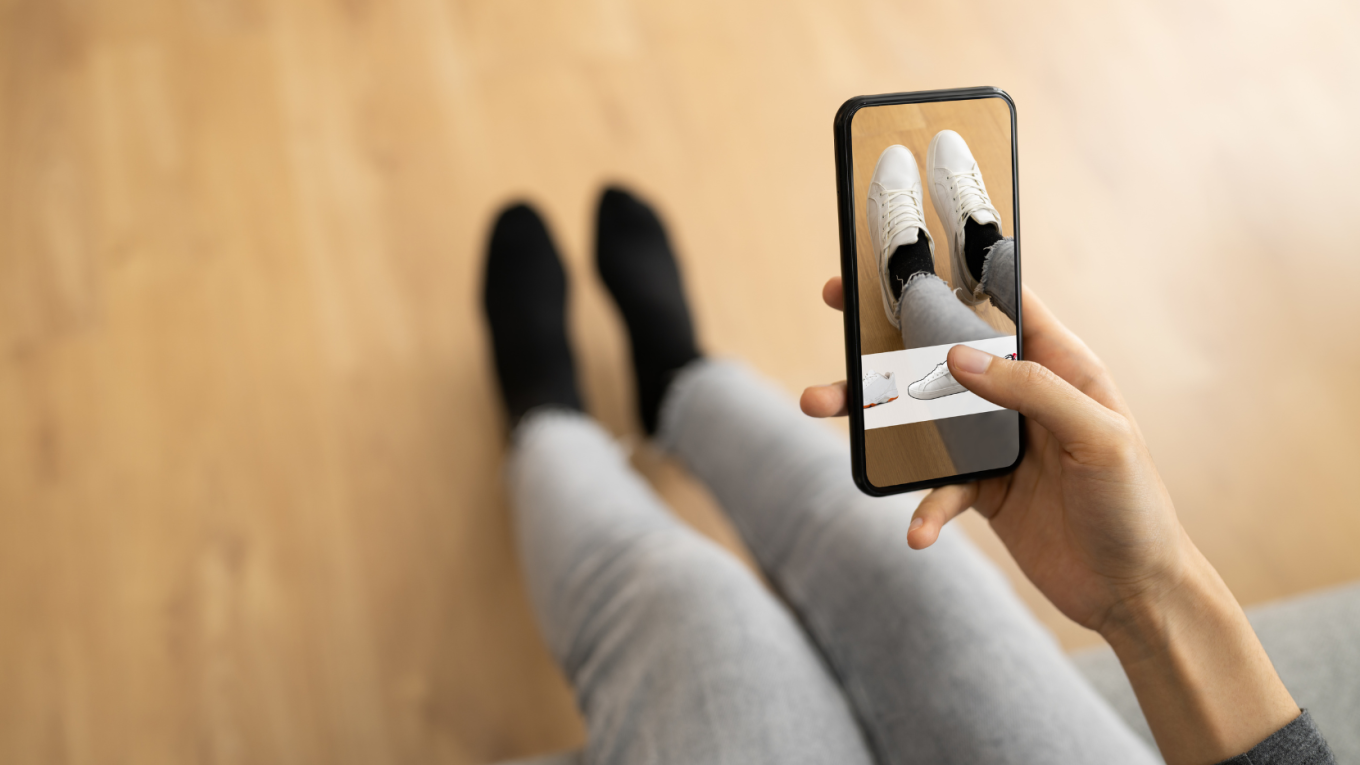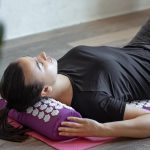Augmented Reality in Fashion: Bridging the Gap Between Virtual and Physical Shopping
In the realm of fashion, the advent of augmented reality (AR) technology around 2010 sparked immense speculation about its potential to revolutionize the industry. Predictions abounded about how AR would transform the way consumers shop, with assertions that every store would offer virtual fitting rooms, allowing customers to try on garments without physically donning them. However, a stroll through today’s most popular retail establishments reveals that this forecast has not fully materialized. While many stores feature large interactive screens, they typically only showcase catalogs and remaining stock, falling short of the immersive virtual try-on experience once envisioned.
However, the failure of this prediction to fully manifest doesn’t negate the fact that applications leveraging AR in the fashion world have indeed emerged. Through the use of cameras and dedicated apps, AR seamlessly blends real-world imagery with computer-generated visuals. The concept of virtual fitting rooms has found success in the domestic sphere, with numerous online retailers now offering the ability to “try on” garments from the comfort of home before adding them to the virtual cart. Surprisingly, one of the sectors making the most of this technology is footwear, with platforms like Hockerty enabling customers to not only customize their sneakers but also visualize how they look before making a purchase.
Practical Applications of AR in Fashion
The practical application of AR technology in fashion is remarkably straightforward. For instance, on the website of a footwear brand like Hockerty, customers can design their custom sneakers, choosing from a range of models, premium materials, colors, and even lace tones. While it’s possible to explore the resulting design on-screen with a 360-degree view using just a mouse, the real magic happens when users click on the ‘virtual try-on’ icon. Within seconds, a QR code appears on the screen, which users can then scan with their mobile phones. Without the need to install any additional applications, the phone’s browser opens a web page, requesting permission to access the camera. Once granted, the AR technology detects the user’s feet and overlays a 3D representation of the selected sneakers. Users can walk, tilt their feet, and the AR display faithfully reflects how the shoes would look when worn.
However, there is room for improvement. For instance, it’s currently not possible to verify if the selected size is correct, a feature that would be highly desirable, especially for online purchases and customized products. Presently, customers must rely on size charts to make their selection, with the general experience suggesting that the chosen size aligns with their usual fit. When the product arrives at their doorstep a few days later, it matches the customized design precisely as envisioned.
Expanding Horizons: Beyond Footwear
While footwear has been a primary focus for AR applications in fashion, the technology’s scope extends far beyond just shoes. Luxury brands like Gucci have been at the forefront, offering AR experiences through their app that allow customers to virtually try on a wide array of products, including sneakers, eyewear, mascara, lipstick, and hats. Additionally, there are other notable platforms catering to various fashion needs. Wanna Kicks, for example, enables users to virtually try on shoes from brands like Adidas and Nike, while also offering versions for clothing, handbags, and watches. Artistry specializes in virtual makeup try-ons, allowing users to experiment with different cosmetic products virtually. InkHunter takes a unique approach by enabling users to visualize how tattoos would look on different parts of their body before committing to ink.
Even beyond the realm of fashion, AR has found utility in industries like home decor. IKEA, for instance, has embraced this trend with its IKEA Place app, which assists customers in visualizing how furniture would look in their homes, always considering real-world scale and dimensions.
Challenges and Future Prospects
Despite the strides made in integrating AR into the fashion retail experience, several challenges remain. One significant hurdle is the inability to accurately gauge fit and size when trying on virtual garments or accessories. While size charts provide some guidance, they may not always align with a customer’s expectations, leading to potential dissatisfaction upon delivery. Additionally, the reliance on AR technology necessitates robust internet connectivity and compatible devices, limiting accessibility for some consumers.
Looking ahead, advancements in AR technology hold promise for addressing these challenges and further enhancing the virtual shopping experience. Improved algorithms for body scanning and sizing could enable more accurate virtual try-ons, reducing the likelihood of returns due to ill-fitting purchases. Furthermore, the integration of AI-driven recommendations could personalize the shopping journey, offering suggestions based on a customer’s preferences and past purchases.
In conclusion, while the widespread adoption of virtual fitting rooms may not have materialized as initially predicted, the marriage of AR and fashion continues to evolve, offering innovative solutions to enhance the online shopping experience. As technology continues to advance and consumer expectations evolve, AR stands poised to play an increasingly integral role in shaping the future of fashion retail.









